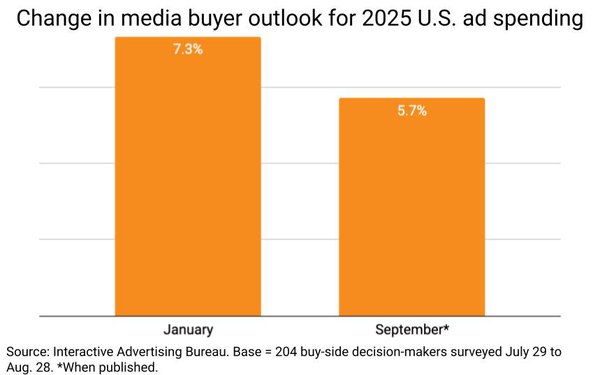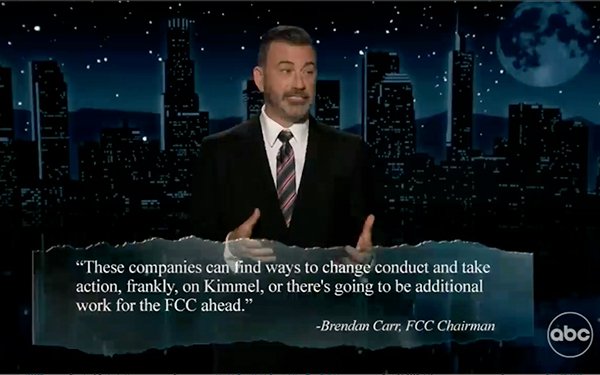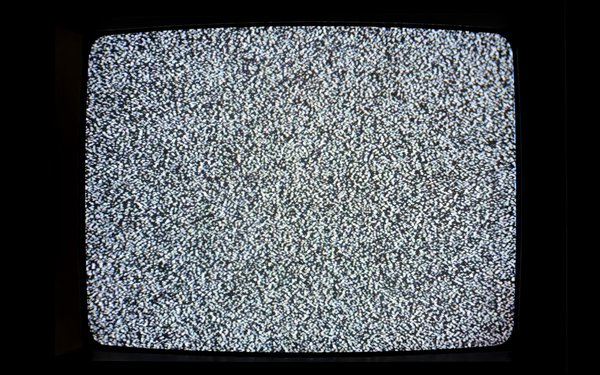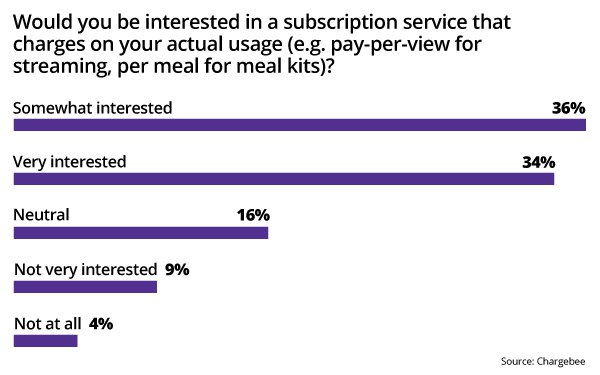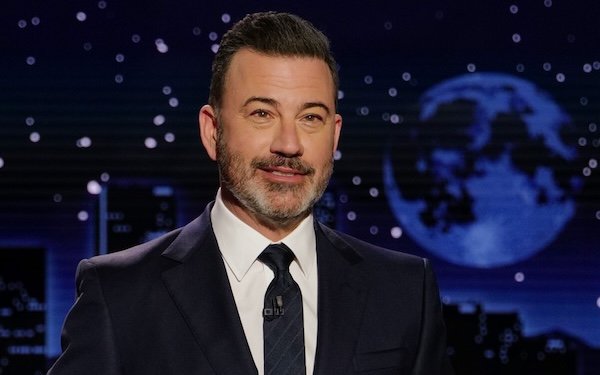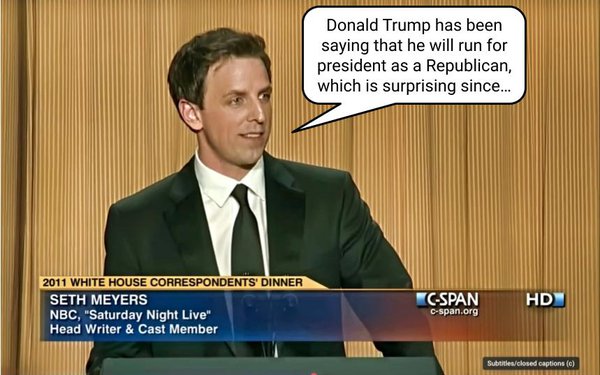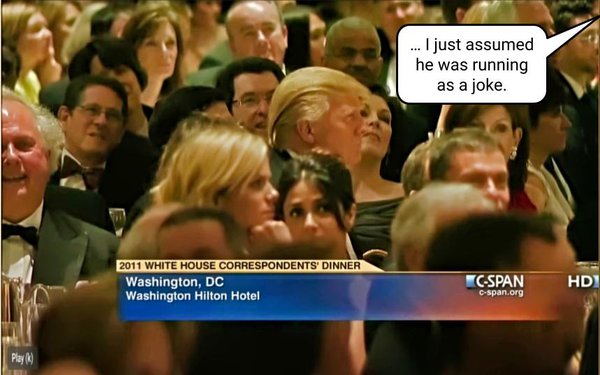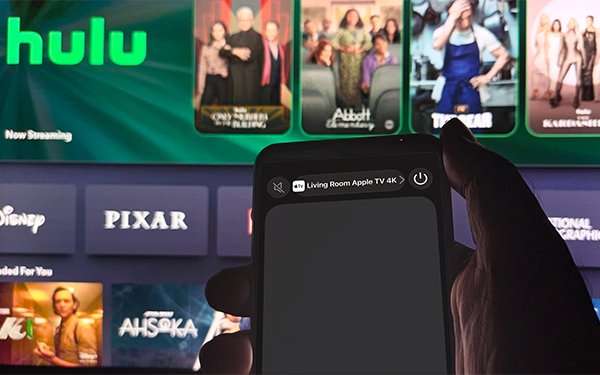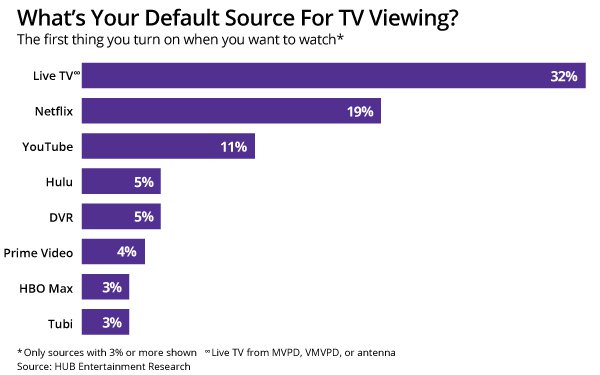Is local news important to viewers these days? Another question might be: Where else may consumers get their news? Since local news has almost always been a great place for local businesses to advertise there....are things and times changing as a revenue source for local TV stations? Philip Jay LeNoble, Ph.D.

Commentary
Good News/Bad News on Where Americans Are Getting Their News
- by Joe Mandese , 5 hours ago
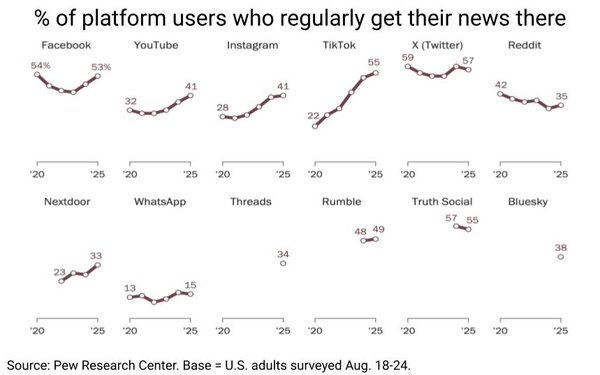
At a time when many Americans no longer read newspapers, the percentage citing social-media apps as their regular source of news has been growing, according to new data from the Pew Research Center.
In fact, X has the greatest percentage of users regularly getting their news there -- 57% -- although that is down slightly from a high of 59%.
TikTok ranks No. 2 in terms of share of users regularly consuming news there -- 55% -- up from just 22% when Pew first began benchmarking the phenomenon five years ago.
Facebook and Truth Social are the only other two social apps in which more than half of their users report getting their news regularly there.
I call the increasing percentages of Americans using social media for news "bad news," because the notion and nature of what constitutes "news" may or may not be actual news. The role of algorithms, declining moderation, and bogus misinformation and disinformation raises big questions about what those users actually perceive to be news.
The Pew study doesn't get into that and, from what I can tell, the responses to its surveys are self-reported in terms of the definition of news.
If Pew really wanted to do a public service, it would drill into what Americans perceive as news on these and other platforms, because some of the research I've seen from other organizations -- principally IPSOS -- suggest it may not always be bona fide, objective, fact-based news reporting that they perceive as news.

